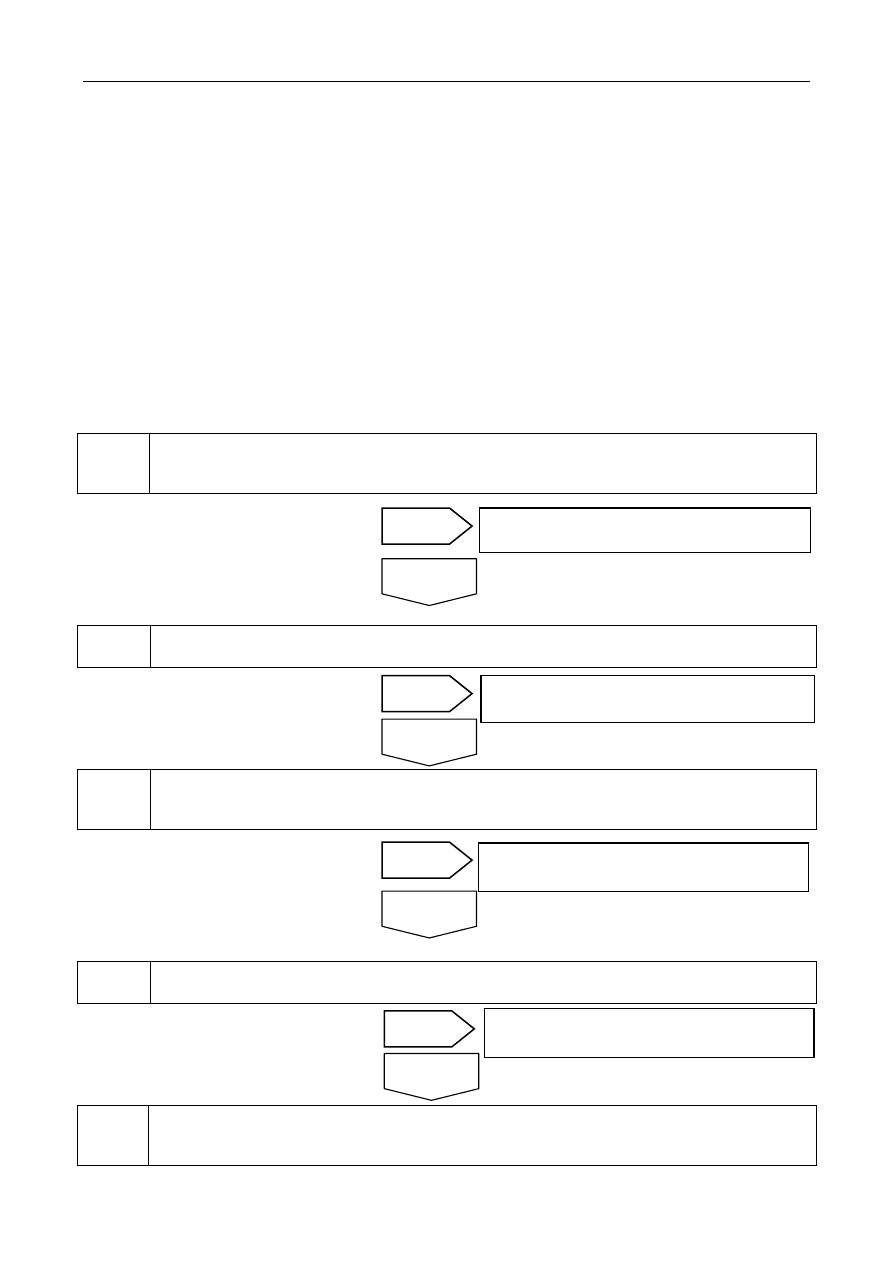содержание .. 370 371 372 373 ..
Geely Emgrand X7. Manual part - 372

4.4.4.5 Wheel vibration diagnosis
1.
Dynamic balance of tire
The dynamic balance of the tire is the procedure which is most easily to be checked; and if the vehicle vibrates at
high speed, the dynamic balance should be firstly carried out. Firstly, carry out double-faced dynamic balance
under the vehicle to correct the imbalance of the tire and the wheel assembly. On-board final balancing can
correct the imbalance of the brake drum, brake disc or hub cap. If the balancing operation fails to eliminate the
vibration at high speed, or if the vibration occurs at low speed, the vibration is likely to be caused by jump.
2. Runout
The connection mode of the tire and the wheel or the wheel and the vehicle may result in jump. In order to probe
the possibility of the wheel run-out, refer to the wheel run-out diagnosis table as follows:
Warning: Please carry out road test of vehicle under the safety condition and comply with all traffic
regulations. Do not attempt any operation that could jeopardize vehicle control. If contrary to the above
safety instruction, result in serious injury accident and damage to the vehicle.
1
Carry out road test for the vehicle to confirm the fault phenomenon as well as the vibration described
by the customer belongs to fault?
2
Determine the vibration speed.Is the speed more than 65 km/h when vibrating?
3
Perform the tire dynamic balance under the vehicle and road test of vehicle to confirm the existence of
the fault?
4
Perform the final balance in the vehicle and road test of vehicle to confirm the existence of the fault?
5
Check whether the wheel's free end face and the radial run-out (standard valve: 1.0mm/0.0394in)
accord with the specified value?
Replace front wheel bearing
Go to step 5
Troubleshooting
Yes
No
Yes
No
Yes
No
Troubleshooting
Yes
No
1487